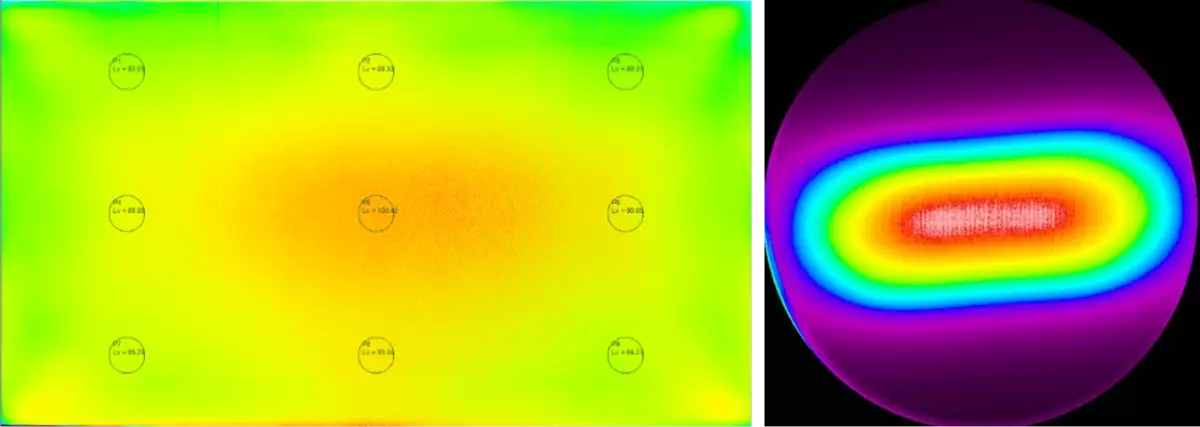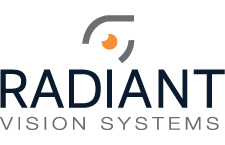Cutting-edge Advanced Driver Assistance System (ADAS) features have emerged over the past two decades, including sensors and warnings, backup cameras, and numerous camera monitoring system (CMS) functions.
This article explores the evolving landscape of CMS in the automotive industry, focusing on quality testing and compliance.

Some vehicles today are equipped with dozens of sensors and cameras to provide a full array of ADAS functions. (Image © Onsemi)
Camera Monitoring Systems Are the New Mirrors
CMS is utilized in place of rear- and side-view mirrors, providing benefits for vehicle function and safety by minimizing glare, eliminating blind spots, and enhancing aerodynamics.
Mirrors have been standard vehicle components since the mid-to-late 1960s. This is when safety standards regarding indirect visibility increased. For decades, rear-and side-view mirrors have been obligatory in the vehicle's exterior and interior. However, in recent years, mandatory vehicle mirrors have been targeted for substitution by display-based systems in commercial and passenger vehicles. CMS mirrors offer several safety benefits, including:
- Improved situational awareness – A CMS can remove blind spots as the cameras can “see” areas outside the vehicle beyond the driver’s view. Cameras can also extend the field of view (FOV) beyond the constraints of what a single mirror can reflect.
- Improved object visibility – In contrast to mirror images, digitally captured camera images can be optimized to enhance the color, brightness, and contrast of the video feed shown to the driver. Camera systems can also automatically minimize the glare from headlights, eliminating the need to adjust the rear-view mirror angle to avoid being blinded by the vehicle behind.
CMS systems are currently employed for mirror replacement and other indirect-visibility scenarios for vehicles in the Asian, European, and North American markets. The global market for overall automotive cameras is rapidly expanding, with growth forecasts ranging from a 12% compound annual growth rate (CAGR) through 2027 to a 24.3% CAGR through 2028.1,2 In the next 5-6 years, segment revenues are forecasted to multiply (anywhere from two times to more than four times).

Example of a traditional rear-view mirror (left) and a CMS display mirror (right). Image Credit: Radiant Vision Systems
The substitution of regulated mirrors with cameras has only been legal for a few years in Europe and Japan—and remains under review in Canada and the US. As with any novel automotive feature, regulatory agencies are examining these technologies and assessing their implementation and performance. Automotive components utilized for indirect visibility must adhere to stringent standards for compliance, and CMS is no exception.
Original equipment manufacturers (OEMs) and CMS manufacturers must ensure that their product quality testing procedures comply with all the current standards. Complications can arise from the fact that “each individual camera has its own unique features ranging from different resolutions, optical formats, Color Filter Arrays (CFA), lens types, Automotive Safety Integrity Level (ASIL) functions, and transmission protocols.”3
Keeping Up With Motor Vehicle Standards and Regulations
While replacing mandatory mirrors with CMS is not yet legal in the US, numerous vehicles are equipped with a CMS system onboard—the backup camera. CMS backup cameras have been obligatory in all new vehicles manufactured in the US since May 1, 2018. These systems are subject to regulation by the Federal Motor Vehicle Safety No. 111 (FMVSS 111) Rear-visibility standard through the National Highway Traffic Safety Administration (NHTSA).
The NHTS is rapidly progressing to approve CMS as a rear visibility system governed by FMVSS 111. To guarantee compliance, the recently issued SAE J3155 Recommended Practice “Camera Monitor Systems Test Protocols and Performance Requirements” delineates procedures for testing CMS electrical, optical, mechanical, and functional effectiveness.
Manufacturers intending to integrate CMS must understand the protocols outlined in SAE J3155 and their application. While not specified by SAE, the equipment chosen for testing the optical performance of the CMS display significantly impacts overall testing costs, speed, and usability compared to alternative systems.
The SAE standards and their corresponding standards and regulations in the European Union and other nations are comprehensive and rigorous. Numerous aspects of display performance must be tested:
- Image Quality – color, uniformity, contrast, resolution, brightness, sharpness, distortion
- Time Behavior – image formation time, frame rate, system latency
- Artifacts – point sources, blooming, lens flare and smear, flickering sources
- Durability and Ergonomics – gloss, durability, glare

Examples of CMS tests following ISO 16505, with images shown in false color scale. Left: Measuring luminance deviation at x,y points as viewed from a 0,0 perpendicular (lateral uniformity). Right: measuring luminance deviation at different viewing angles (directional uniformity). Image Credit: Radiant Vision Systems
References and Further Reading
- Automotive Camera Market – Growth, Trends, COVID-19 Impact, and Forecast (2022-2027), Mordor Intelligence. (Accessed September 8, 2022)
- Automotive Camera Market Forecast to 2028, Insight Partners, July 5, 2022.
- “Optimizing the Automotive Camera Development Phase Using a Modular Design Approach,” Onsemi website: https://www.onsemi.com/company/news-media/blog/automotive/optimizing-automotive-camera-development. (Accessed September 8, 2022)

This information has been sourced, reviewed and adapted from materials provided by Radiant Vision Systems.
For more information on this source, please visit Radiant Vision Systems.